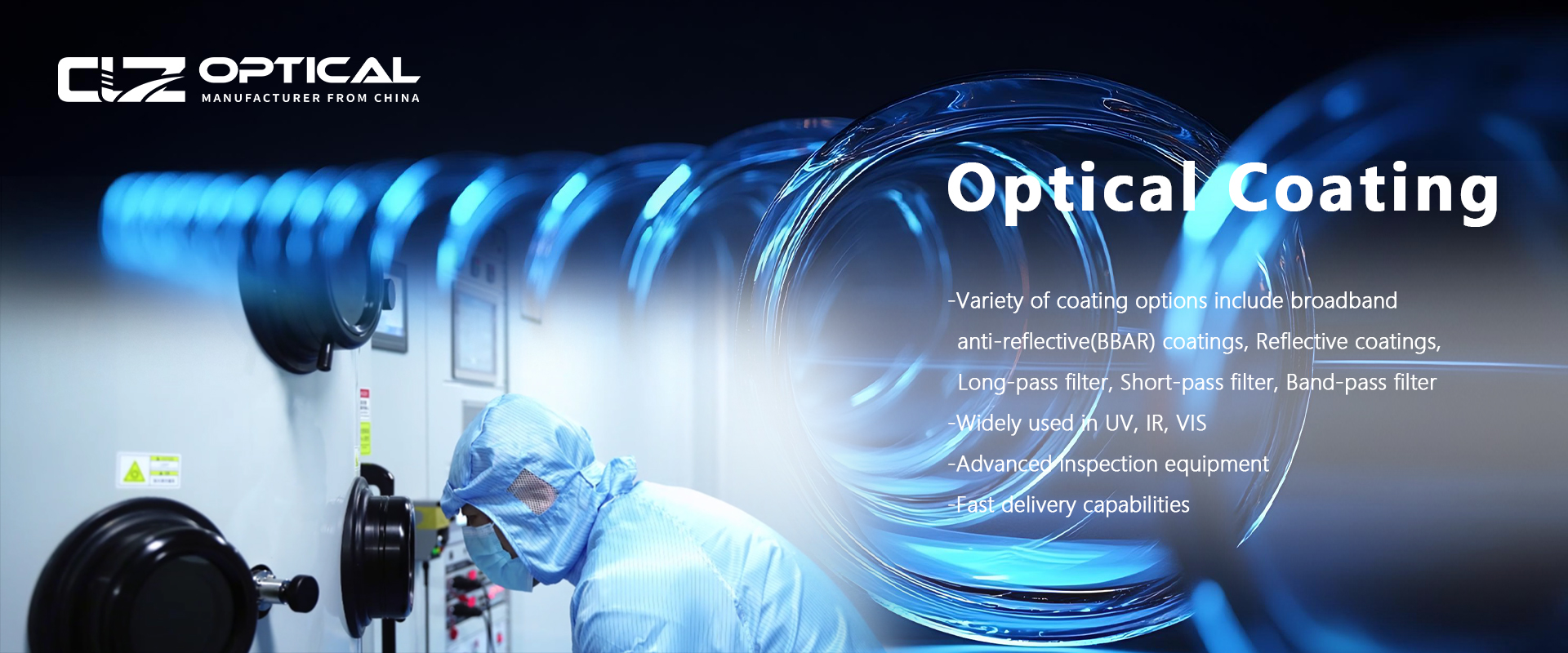Understand what a flange dome is
Nov. 10, 2025
Flange dome is an optical dome with a flange mounting structure. Its performance is largely determined by the material used. Different materials determine its optical performance, mechanical strength, and applicable scenarios.
Material Selection:
-Optical Glass
Performance: This is the material of choice for high-end applications. It offers extremely high light transmittance (>92%), excellent surface hardness (scratch resistance), superior chemical stability, and high-temperature resistance. It is resistant to aging and yellowing, maintaining stable optical performance over time. Using this material for flanged domes offers the advantage of minimal image distortion, providing images that are as close to reality as possible, making it ideal for high-precision measurement and inspection tasks.
-Polycarbonate (PC)
Performance: Known for its unbreakable, ultra-high impact resistance, boasting impact resistance dozens of times greater than that of glass. It is also lightweight and cost-effective.
Using this material for flanged domes is ideal for applications with potential for physical impact or severe vibration, such as robot guidance and warehouse logistics sorting.
- Acrylic (PMMA)
Performance: It offers an excellent balance between optical clarity and mechanical strength. Its light transmittance (approximately 92%) is even higher than glass, while also being lightweight and cost-effective.
Using this material for flanged domes offers excellent optical performance and moderate impact resistance, making it a cost-effective choice for many standard applications.
Core application areas of flanged domes
1. Factory Automation and Robotics
Robotic Guidance and Pick-and-Place:
Application Scenario: On assembly lines, robots require vision systems to identify, locate, and grasp parts in a chaotic environment. The robot arm's motion path may interfere with other equipment, and the workspace is often contaminated by metal debris, oil, and coolant.
The flanged dome protects the camera lens from collisions and scratches. Its sturdy sphere (especially made of polycarbonate) effectively withstands unexpected mechanical impacts. Its high sealing prevents oil and debris from contaminating the lens, ensuring the robot's "eyes" remain clear and precise grasping.
2. Semiconductor and Electronics Manufacturing
This field demands the most stringent cleanliness and precision.
Application Scenarios:
Precision Inspection: Inspecting tiny chips and components on circuit boards for accurate placement, solder joint quality, and circuit defects.
Environmental Challenges: Working in a cleanroom, any tiny particles falling on the product will result in rejection. Furthermore, chemical solvents may be used during the production process.
The role of the flanged dome: Maintaining cleanliness. First, it prevents the camera itself from becoming a source of dust. Second, its completely sealed structure prevents any possible external particles from entering the camera, thereby protecting the expensive wafers and chips.
High-Fidelity Imaging: Using a high-transmittance, low-distortion optical glass dome ensures ultra-high-precision inspection images, eliminating measurement errors introduced by the protective cover.
3. Underwater Robots (ROVs)
ROVs serve as core equipment for deep-sea exploration, marine engineering, and inspection of underwater facilities such as oil platforms, submarine cables, and dams. All sensors mounted on them, particularly visual systems, must rely on robust protection.
Surface Treatment: All metal components undergo high-grade surface passivation and are protected electrochemically using sacrificial anodes.
Optical Compensation and Correction:
This is a crucial yet often overlooked point. Water and air have different refractive indices (approximately 1.33 for water and 1.0 for air). When light passes through the interface between glass (approximately 1.5) and water, it experiences significant refractive distortion, resulting in a narrowed field of view and distorted images.
Dome Port: To address this issue, ROV-specific domes are called "dome ports." Their optical design is specially optimized, with the center of the sphere precisely aligned with the camera's entrance pupil**. This ensures that light remains nearly perpendicular to the glass-water interface at all angles, minimizing distortion and focus shifts caused by refraction, resulting in a clear, undistorted wide-angle field of view.
Anti-Biofouling: Some advanced domes incorporate anti-biofouling coatings or ultrasonic cleaning systems that use high-frequency vibrations to prevent marine organisms from colonizing the dome surface.





















